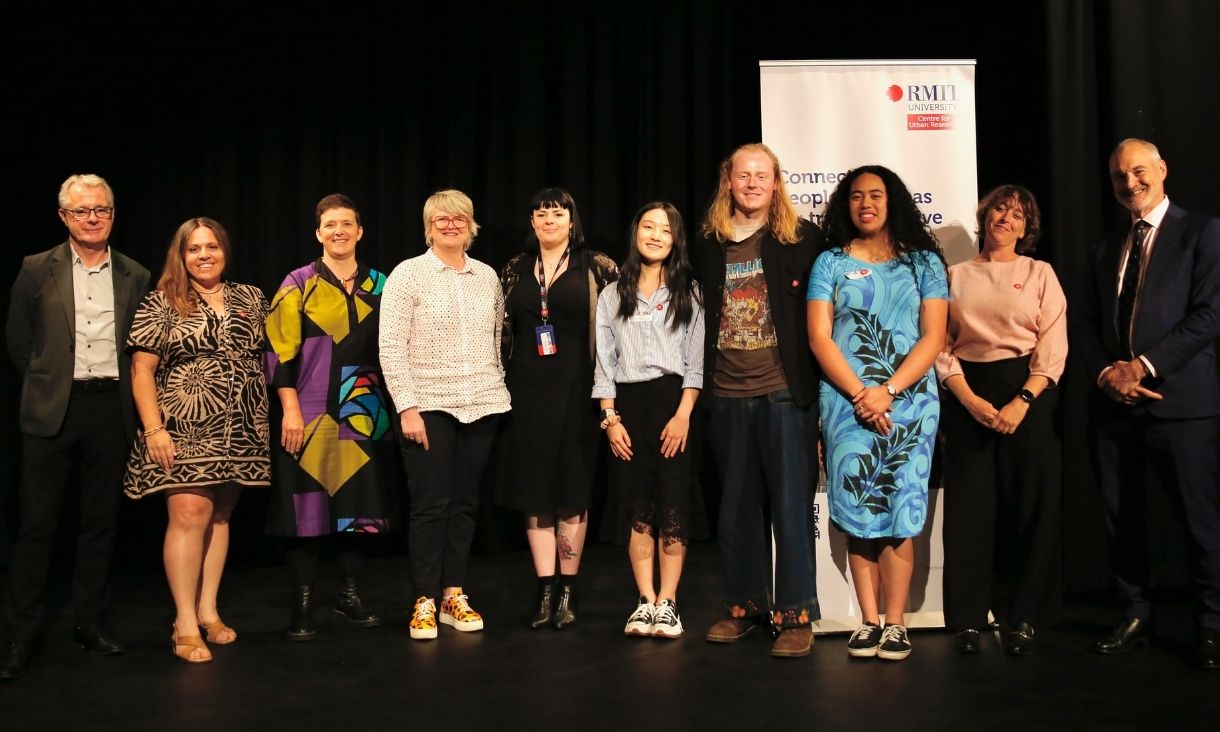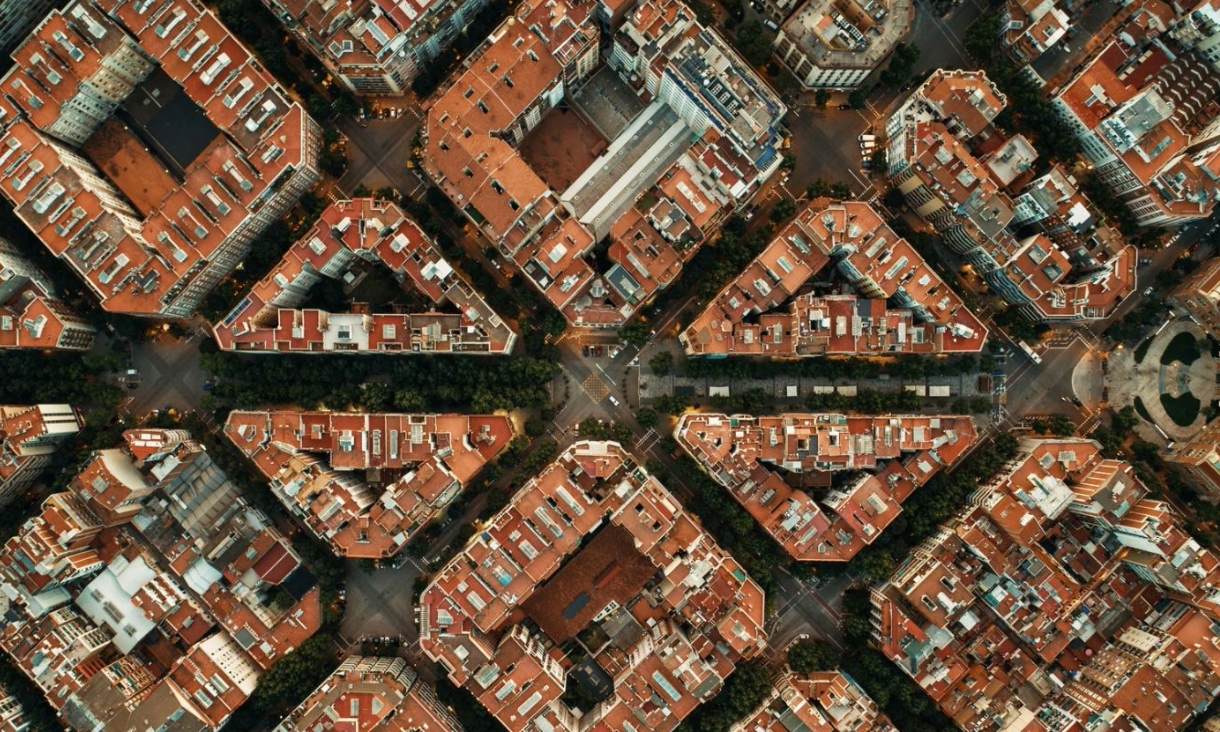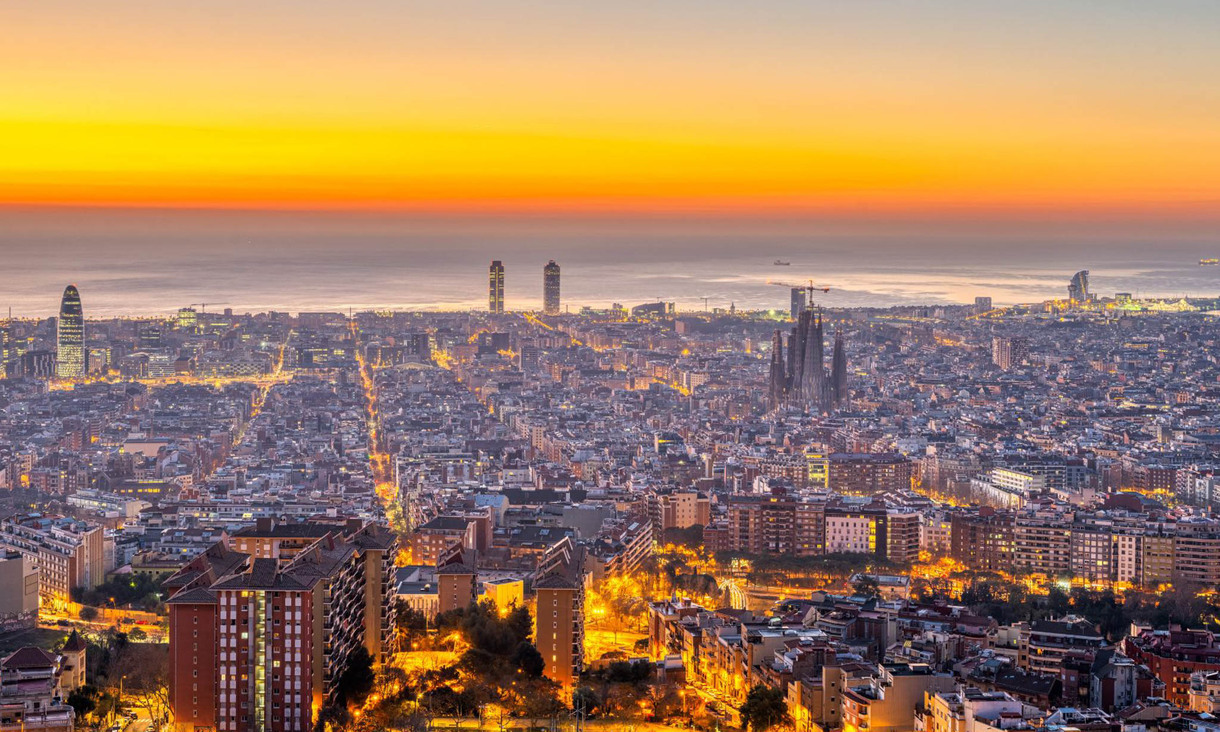New-look Centre for Urban Research ready to shape future of our cities
The newly refreshed Centre for Urban Research (CUR) is exploring critical urban questions relating to geographies of land, regenerative environments, climate action and planning and transport.
Urban design in a climate emergency: Barcelona’s Superblocks
Barcelona's internationally renowned superblock model is aimed at improving the sustainability and liveability of the city for people, place and planet.
New report proposes using tax system to improve rental properties
A new report from RMIT University urban policy experts recommends using Australia’s tax system to force investors to improve conditions for private renters.
Hot cities: Collaborating for climate justice
As our cities heat up, we must urgently find ways to think and act differently to better address the impacts of climate change particularly for those most marginalised, according to RMIT urban futures expert Professor Wendy Steele.




